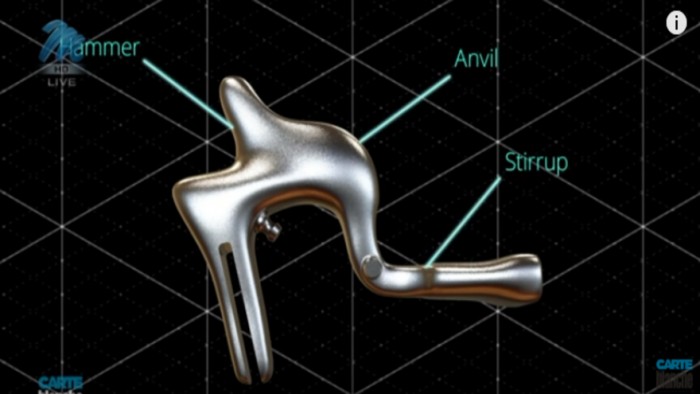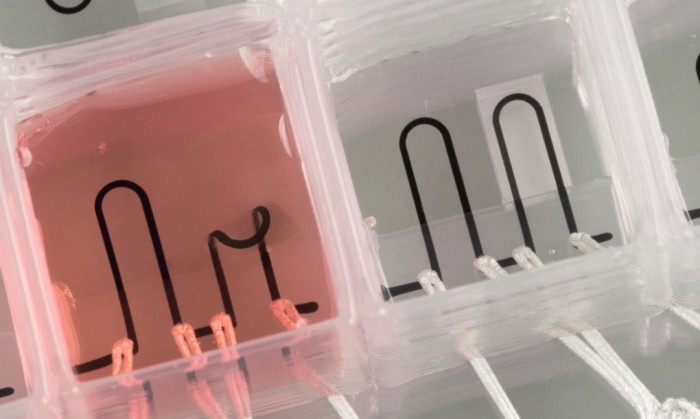The world's first middle ear transplant was recently conducted in South Africa using 3D technology. The transplant, which took place at the Steve Biko Memorial Hospital, was conducted on a patient whose ossicles (middle ear bones made up of the hammer, stirrup and anvil) were badly damaged in an accident.
Leading the surgery was Ear, Nose and Throat (ENT) specialist Professor Mashudu Tshifularo who works at the University of Pretoria.
In an interview with Carte Blanche, Tshifularo said that he realised 3D technology could be of help as it has been applied in other fields like orthopedics.
He said: "I realised that there is some opportunity here. For me, in medicine, in technique, in surgery, everything is changing all the time, so I always say innovate or die.”
Tshifularo explains in an interview with The South African that 3D technology is allowing people to do things they never thought they could.
"By replacing only the ossicles that aren’t functioning properly, the procedure carries significantly less risk than known prostheses and their associated surgical procedures.”
This drastically reduces the patient’s risk of facial paralysis, which can occur when the nerves running through the middle ear are damaged.
In order to create the ossicles, the bone structure of the patient’s ear had to be mapped. The designers had to create the prosthesis out of biocompatible materials.
Titanium was used as the material of choice for the prosthesis. The bones also had to be adapted in such a way so that, if need be, they can be adjusted during surgery.
As Professor Tshifularo mentioned, 3D technology has greatly benefited and advanced the medical field. Here are some more examples of how 3D printing has been used in the medical field:
3D printing human tissue for organ regeneration
A few years ago scientists reported in the Nature Biotechnology Journal, that they were able to succesfully fabricate bone, cartillage and muscle tissue using 3D technology.
Harvard researchers develop world's first 3D-printed heart on a chip
Researchers from Harvard University created the first heart-on-a-chip using 3D technology. The chip is used to help collect data about the rhythms of the heart.
Read more:
Zipline is the small medical drone in Rwanda solving a worldwide logistics problem
Low-cost medical device detects pneumonia quickly and effectively









